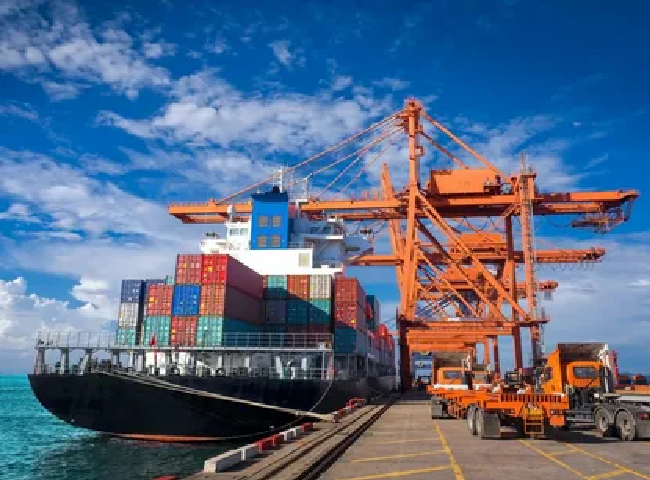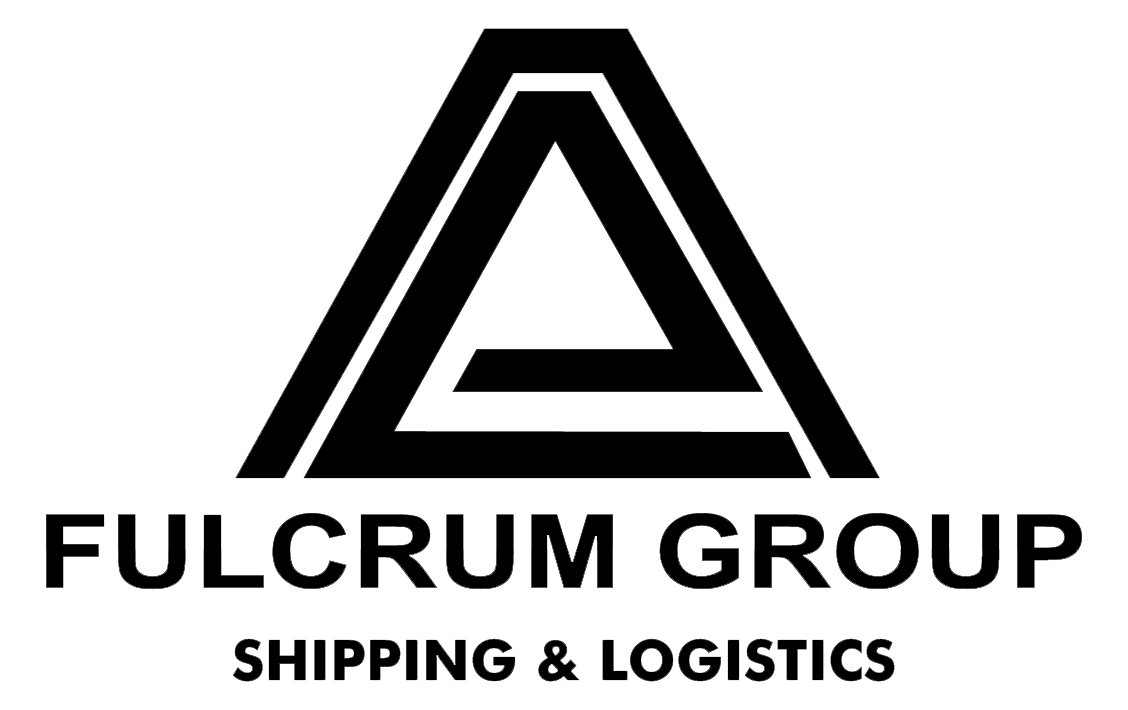
Export Custom Clearance
Export customs clearance is a government requirement to allow goods to be shipped outside of its trade zones. The export customs clearance procedure is the process of goods leaving one country to be shipped to another.
Customs Clearance is a complex and time-consuming process that every Exporter must deal with in their business. The process of customs clearance of goods starts with the filing of a shipping bill and the ensuing activities around it. Every consignment is manually examined in order to impose various kinds of export duties.
INITIAL PROCESS
Self-assessment
As an exporter, you will have to self-assess the duty of the export items. Documents generated at this stage include the commercial invoice and packing list, consular invoice, certificate of origin, insurance certificate etc.
Shipping Bill
Shipping Bill is generated through the Indian Customs EDI System (ICES) or the non-EDI mode in case of non-EDI ports. It is filed in the prescribed format and in the defined manner, and with supporting documents.
Risk Management System
Self-assessed shipping bills are processed by the Risk Management System (RMS) of the customs department. Once done, the verification of such shipping bills will be done to ensure the correctness of classification, value, duty rate, exemption etc. by the proper officer who may also examine and test the goods.
Post Clearance Audit
Notably, a Post Clearance Audit (PCA) of the shipping bill has been introduced after the implementation of the RMS. This aims to improve compliance levels and reduce the cargo dwell time of exports in India.
FINAL PROCESS
The following are the Final steps in customs clearance process upon arrival of goods at the dock:
Checklist
On arrival of the goods at the dock, the custodian must endorse the quantity of the goods on the reverse of the checklist.
Verifying
The customs officer verifies the goods received and updates the same to the system.
Examining
The dock appraiser assigns the task of examination to a custom officer.
Taking Samples
Based on the orders of the proper officer, a representative sample from the shipment may be drawn and tested, or verified for visual inspection, description, valuation etc.
Let Export Order (LEO)
Let Export Order (LEO) is the green signal given by the customs to the exporter once they are satisfied with the verification and examination of the shipment.
Stuffing
When it comes to the stuffing or loading of the container cargo, the customs preventive officer ensures preventive supervision for the same and gives a ‘Shipped on Board’ endorsement on the exporter’s copy of the shipping bill.
Export General Manifest (EGM)
The shipping lines/agents have to submit a shipping bill-wise Export General Manifest (EGM) to customs before their departure.
Duty Drawback
Duty drawback is now primarily limited to the incidence of customs duties on inputs used. It is claimed by filing the prescribed format of the shipping bill.
Categories
Recent Post
-
Navigating Global Trade with Confidence: Why International Sea Freight Services Matter
-
Reliable and Scalable Transport Services in India
-
Streamline Your Global Shipping with Expert Sea Freight Forwarding Services!
-
Experience the Advantage of Comprehensive Global Air Freight Services.
-
Seamless Warehousing & Logistics Services That Power Your Supply Chain

